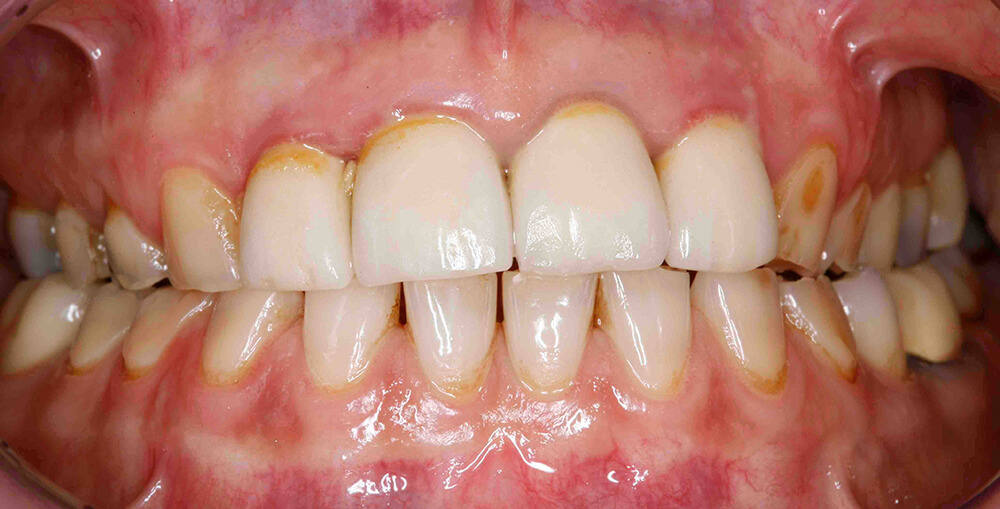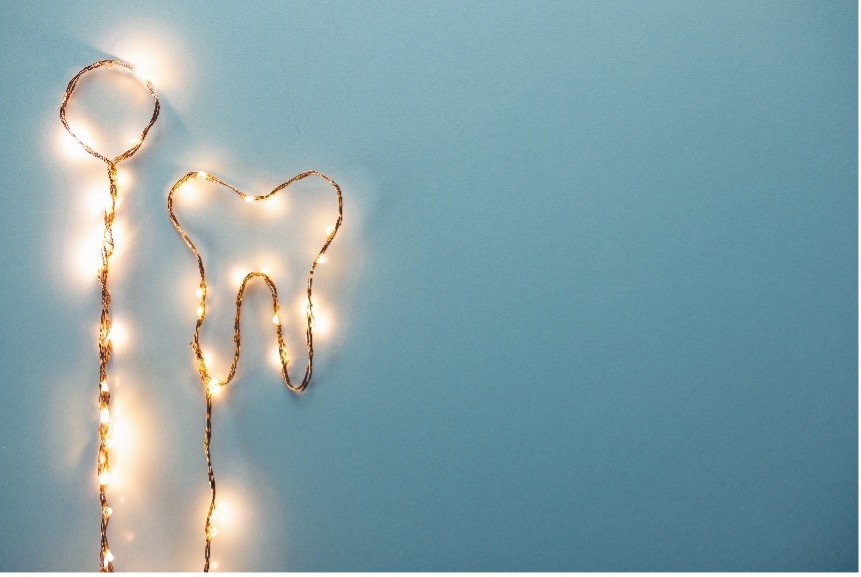
Occlusal Wear Part 2: What is causing the wear?
I believe that some wear is normal. I base this on the fact that I have very few if any patients who are in their seventies or eighties and still have mamelons on their incisors. Wear is a concern when the amount of tooth structure being lost is out pacing the patient’s age.
In Part 1 of this series, I wrote about determining when wear leaves the physiologic category and becomes something we need to discuss with patients. Both attrition and erosion can cause severe tooth wear, but they pose different long-term risks. Once we have a sense of the cause of tooth wear, we can partner with the patient to treat the damage and manage the progression.
These are the guidelines for discerning attrition from erosion.
Attrition is the loss of tooth structure caused when the patient rubs two tooth surfaces together. You will observe:
· Matching facets on upper and lower teeth
· Facets on tooth surfaces that occlude
· Enamel and dentin worn evenly
Erosion is caused by the presence of acid from issues like GERD and eating disorders. You will observe:
· Facets that may or may not match on upper and lower teeth
· Facets on tooth surfaces that are not in occlusion
· Dentin cupped out and wearing faster than enamel
· Tooth structure wearing around restorations that remain unchanged
Note that attrition can be seen in addition to erosion, often giving us a false sense of how much the patient truly parafunctions, as the etched tooth structure wears away more easily.
Related Course
Bringing Integrative Medicine to the Dental Practice: First Thing Monday Morning
DATE: January 29 2026 @ 8:00 pm - January 29 2026 @ 9:00 pmLocation: Online
CE HOURS: 1
Bringing Integrative Medicine to the Dental Practice: First Thing Monday Morning Course Description: In the midst of a national health & wellness crisis, the Pankey community has an opportunity stand on the front lines, providing primary…
Learn More>






